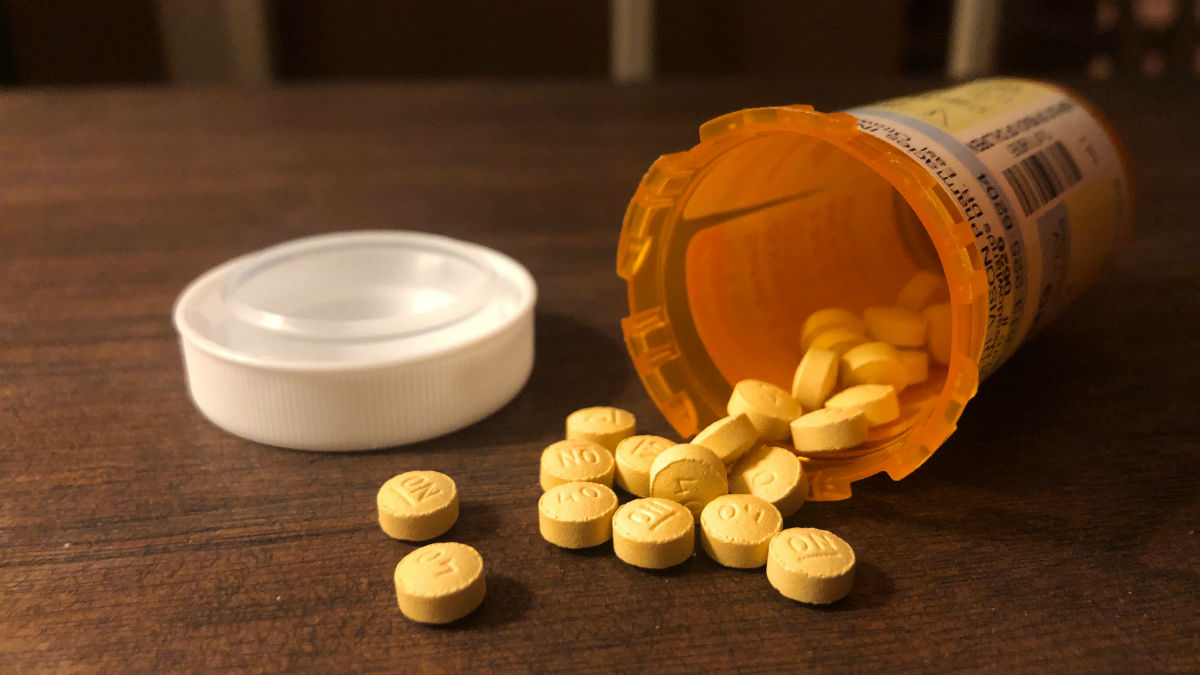Chronic pain patients are suffering and opioid-related deaths continue to rise despite falling prescription rates in Ontario, leading one doctor to describe patients as “the collateral damage” of the war on opioids.
Dr. Roman Jovey, a pain management specialist, attributes the decreased prescription rates to widespread publicity about the opioid crisis and pressures put upon doctors from the College of Physicians and Surgeons, which regulates the profession in the province.
“The legitimate patient with pain is really the collateral damage of this whole war on opioids because they’re just trying to get on in life,” says Jovey.
“They’re just trying to get their pain managed, and increasingly, they are put in this untenable position where they have to bargain for their meds.”
In 2017, new provincial guidelines for prescribing opioids recommended doctors first try several non-opioid therapies to ease patient pain and functioning before resorting to opioids.
“Despite the fact that we are reducing our prescribing, the death rates from overdose are rising exponentially,” says Jovey.
Dr. Jennifer Wyman, a Toronto-based primary care physician with a self-proclaimed passion for addiction medicine, says physicians are now much more cautious about the dosage and quantities of opioids they prescribe and that she always tries non-opioid treatments first.
“When a patient’s access to prescription opioids is cut off or limited, they may go to the street looking to treat their symptoms,” says Wyman.
This combined with the rise of fentanyl in the street drug supply has helped fuel the death toll, she says.
David Juurlink, a specialist in Clinical Pharmacology and Toxicology in Toronto, says the 2017 guidelines were meant to improve the safety of chronic opioid therapy for chronic-pain patients by encouraging doctors to prescribe more cautiously.
Like Wyman, Juurlink says he thinks opioid prescribing “has become more rational” but misinterpretations of the guidelines have led to some harm.
He explains that the decrease of opioid prescription rates began well before the release of the guidelines, and that the new recommended medication limits have led some doctors to drastically reduce their patients’ doses.
“Rapidly tapering these patients plunges them into withdrawal, and the pain, and misery, and suicidality that comes along with that,” he says.
The guidelines encourage doctors to restrict doses to below 90 milligrams of morphine equivalent, but the seldom-read fine print says some patients may still benefit from being on higher doses. The result is some doctors force-taper patients to get them under the recommended limit.
The legitimate patient with pain is really the collateral damage of this whole war on opioids because they’re just trying to get on in life. They’re just trying to get their pain managed, and increasingly, they are put in this untenable position where they have to bargain for their meds.
Dr. Roman Jovey
Patients forced to quickly taper opioids will often experience awful withdrawal symptoms including a flare-up of their pain, reduced functioning, and increased suffering, explains Ann Marie Gaudon, a psychotherapist specializing in chronic pain management.
Gaudon, a volunteer for the Chronic Pain Association of Canada, says the organization is seeing a rising number of chronic pain patients combating poor mental health and seeking relief from their pain through illegal street drugs.
Sarah Hogan, 48, was diagnosed with fibromyalgia when she was 18, and has been on opioids for over 15 years to manage her chronic pain. She says her previous doctor used to prescribe her enough OxyNEO to last her a full month. But when she switched to a new doctor five years ago, things changed.
“My current doctor says, no matter what, if you’re coming in for an appointment where you need to renew your medications, you have to show up,” says Hogan.
She is often very dizzy or ill because of her medical conditions and sometimes struggles to make it to appointments, saying she has no choice to avoid withdrawal. Just the idea of going without her pain medication makes her anxious, she says.
“I still have pain as is, but if I wasn’t taking anything, I don’t know how I’d be able to function.”
Despite only three per cent of chronic pain patients misusing their opioids, some say they are still stigmatized. Patients like Hogan, who have been on opioids for upwards of a decade with no incidents of misuse, are still subject to their doctor’s restrictions.
“You say the word chronic pain, you’re treated as a drug-seeker and that’s it,” Gaudon says.
As Juurlink puts it, “We have to keep in mind that this is not one single crisis of addiction and overdoses. It’s not a single crisis of pain management. This is a complex, multifaceted entity with multiple moving parts.”




